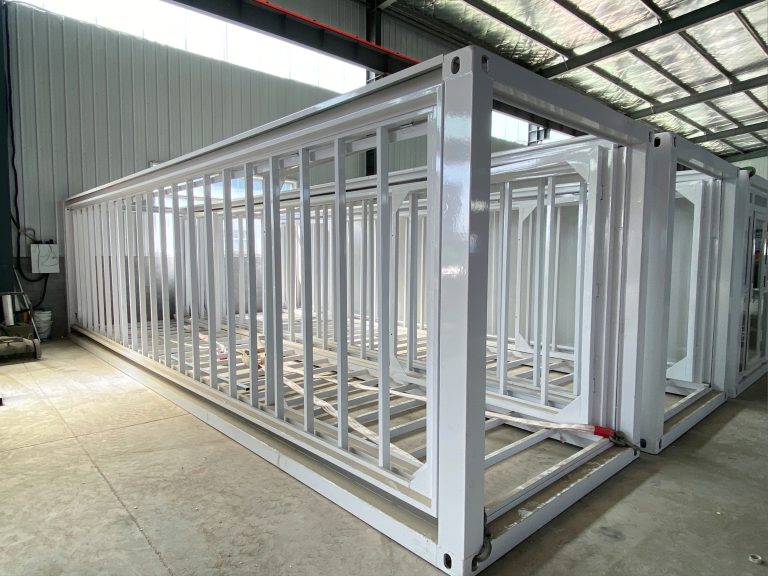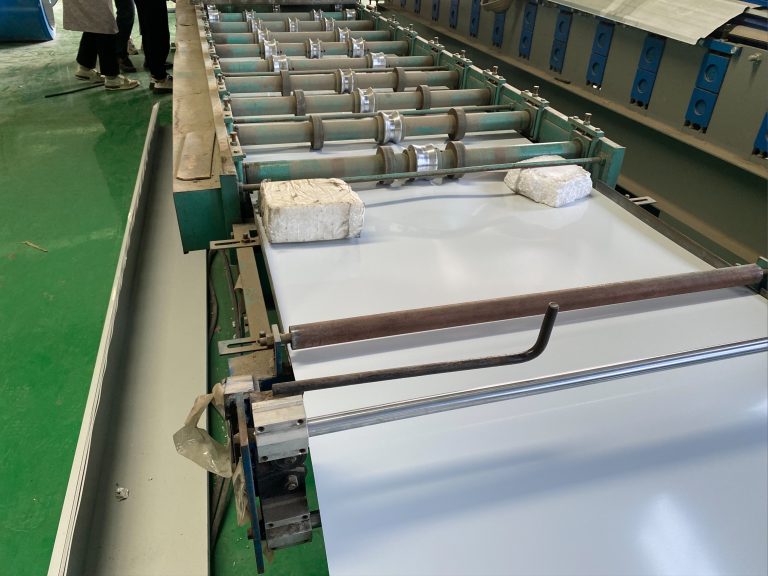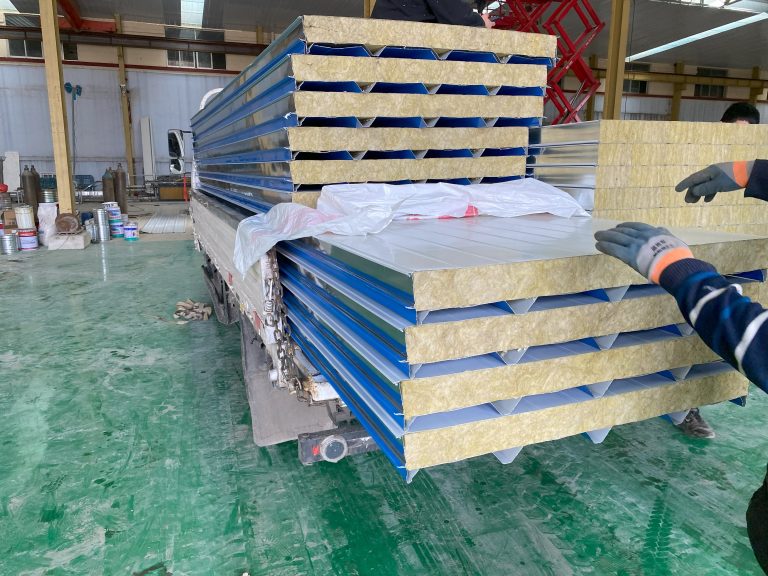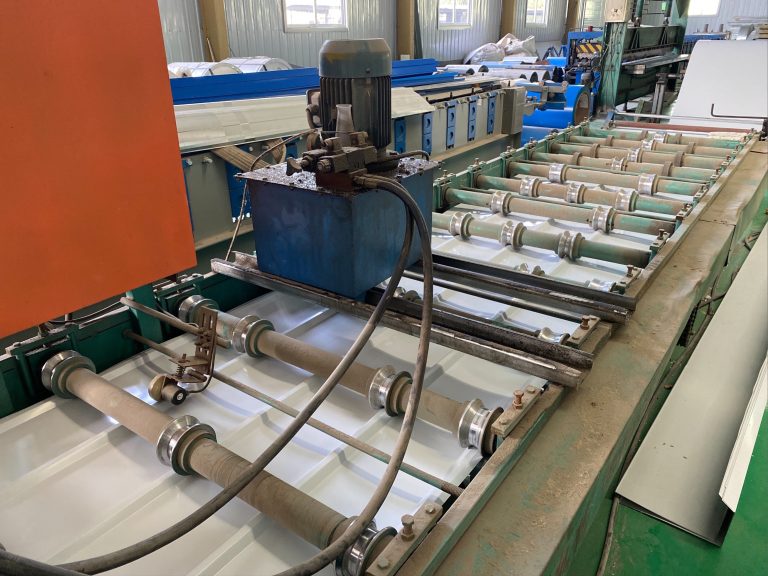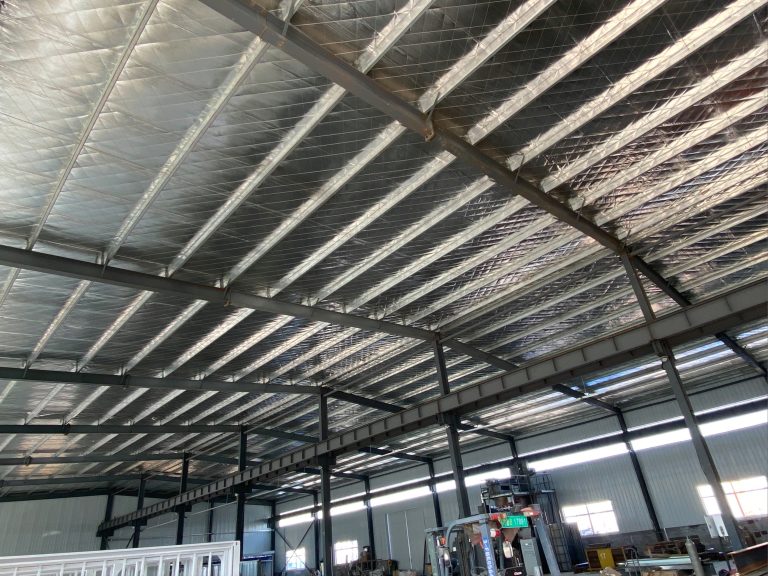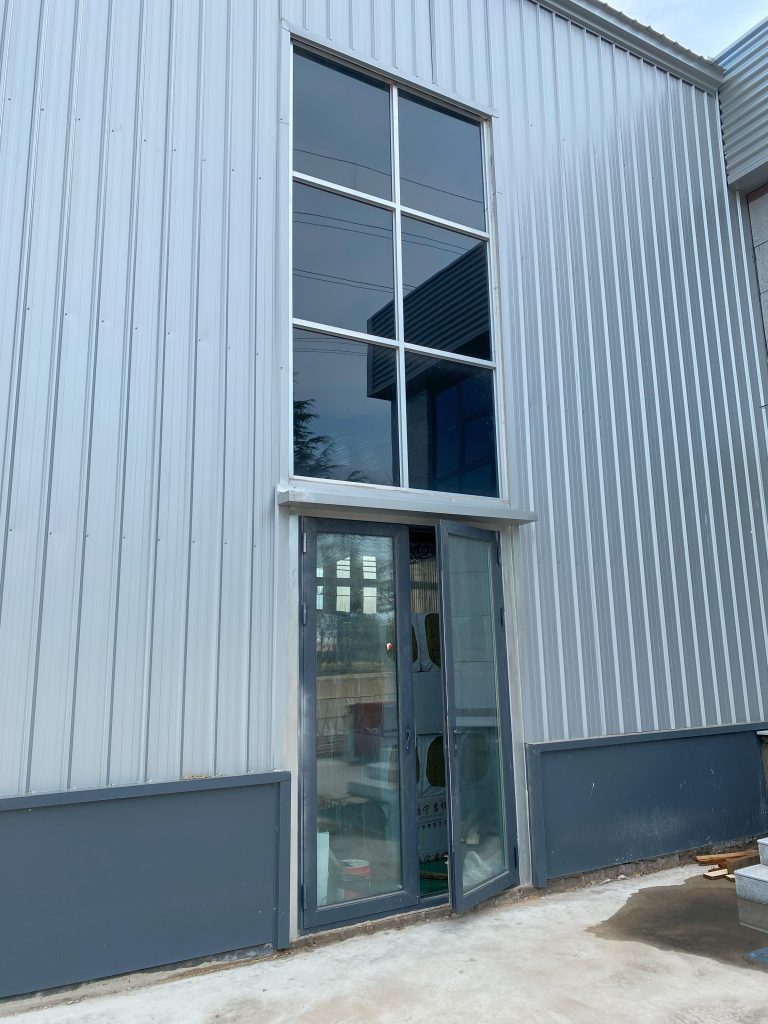Sustainable transformation of container house and application of green building materials
Table of Contents
Benefits of Using Recycled Materials in Container House Construction
Sustainable transformation of container houses is becoming increasingly popular as people seek eco-friendly and cost-effective housing solutions. One of the key aspects of this transformation is the use of green building materials, particularly recycled materials, in the construction process. By incorporating recycled materials into container house construction, not only can homeowners reduce their environmental impact, but they can also enjoy a range of benefits that come with using sustainable materials.
One of the primary benefits of using recycled materials in container house construction is the reduction of waste. By repurposing materials that would otherwise end up in landfills, homeowners can help minimize the amount of waste generated during the construction process. This not only benefits the environment by reducing the strain on landfills, but it also helps to conserve natural resources by reducing the need for new materials to be extracted and processed.
In addition to reducing waste, using recycled materials in container house construction can also help lower construction costs. Recycled materials are often more affordable than new materials, making them a cost-effective option for homeowners looking to build a sustainable home on a budget. By using recycled materials, homeowners can save money on construction costs without compromising on the quality or durability of their home.
Another benefit of using recycled materials in container house construction is the energy savings that come with using sustainable materials. Many recycled materials require less energy to produce than new materials, which can help reduce the carbon footprint of the construction process. By using recycled materials, homeowners can lower their energy consumption and contribute to a more sustainable future.
Furthermore, using recycled materials in container house construction can also improve indoor air quality. Many new building materials contain harmful chemicals and toxins that can off-gas into the air, leading to poor indoor air quality. Recycled materials, on the other hand, are often free from these harmful chemicals, making them a healthier option for homeowners. By using recycled materials, homeowners can create a safer and healthier living environment for themselves and their families.
In conclusion, the use of recycled materials in container house construction offers a range of benefits for homeowners looking to build a sustainable and eco-friendly home. From reducing waste and lowering construction costs to saving energy and improving indoor air quality, the benefits of using recycled materials are numerous. By incorporating recycled materials into their construction projects, homeowners can not only reduce their environmental impact but also enjoy a range of practical and financial benefits. Sustainable transformation of container houses through the use of green building materials is a win-win solution for both homeowners and the environment.
How to Implement Solar Panels and Energy-Efficient Systems in a Container Home
Container homes have gained popularity in recent years due to their affordability, versatility, and sustainability. These homes are typically made from repurposed shipping containers, which not only reduces waste but also provides a unique and modern living space. However, in order to truly maximize the sustainability of a container home, it is important to incorporate energy-efficient systems and green building materials.
One of the most effective ways to make a container home more sustainable is by implementing solar panels. Solar panels harness the power of the sun to generate electricity, reducing the reliance on traditional energy sources and lowering utility bills. In a container home, solar panels can be installed on the roof or on a nearby structure to capture as much sunlight as possible.
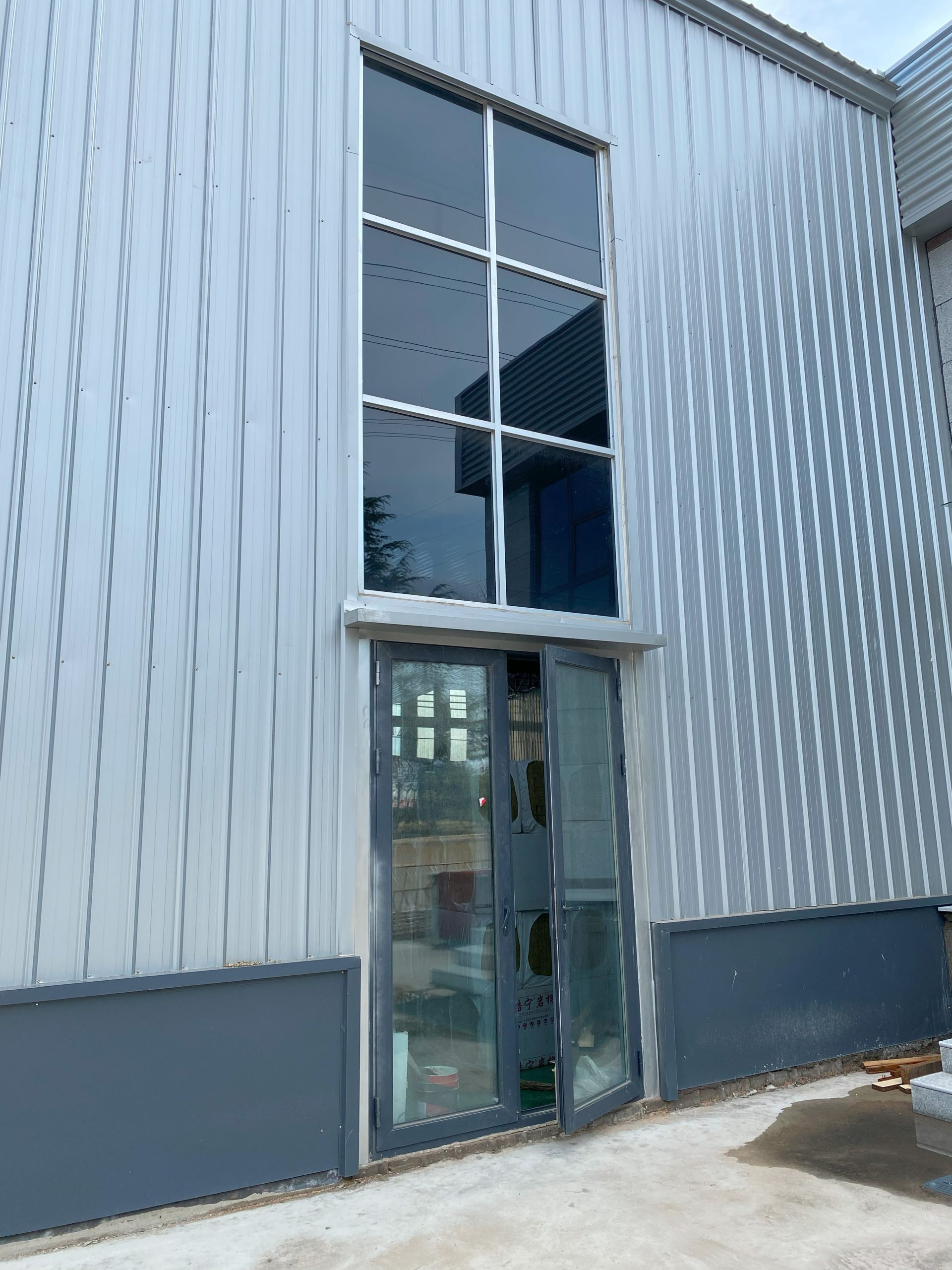
When installing solar panels on a container home, it is important to consider the orientation and angle of the panels to maximize their efficiency. Panels should be facing south in the northern hemisphere and north in the southern hemisphere to receive the most sunlight throughout the day. Additionally, the angle of the panels should be adjusted based on the latitude of the home to optimize energy production.
In addition to solar panels, energy-efficient systems can also be incorporated into a container home to further reduce energy consumption. This includes energy-efficient appliances, LED lighting, and smart thermostats that can be programmed to adjust the temperature based on occupancy and time of day. These systems not only reduce energy usage but also improve the overall comfort and functionality of the home.
When it comes to green building materials, there are a variety of options available for container homes. Recycled materials such as reclaimed wood, salvaged metal, and recycled glass can be used for flooring, countertops, and other finishes. These materials not only reduce the environmental impact of the home but also add a unique and rustic aesthetic.
In addition to recycled materials, sustainable options such as bamboo flooring, cork insulation, and low-VOC paints can also be used in a container home. These materials are renewable, non-toxic, and energy-efficient, making them ideal choices for eco-conscious homeowners. By incorporating these green building materials into a container home, it is possible to create a space that is both stylish and sustainable.
Overall, the sustainable transformation of a container home involves a combination of energy-efficient systems and green building materials. By implementing solar panels, energy-efficient appliances, and sustainable materials, it is possible to create a home that is not only environmentally friendly but also comfortable and cost-effective. With the growing emphasis on sustainability in the construction industry, container homes offer a unique opportunity to showcase innovative and eco-friendly design practices. By embracing these principles, container homes can serve as a model for sustainable living in the 21st century.

